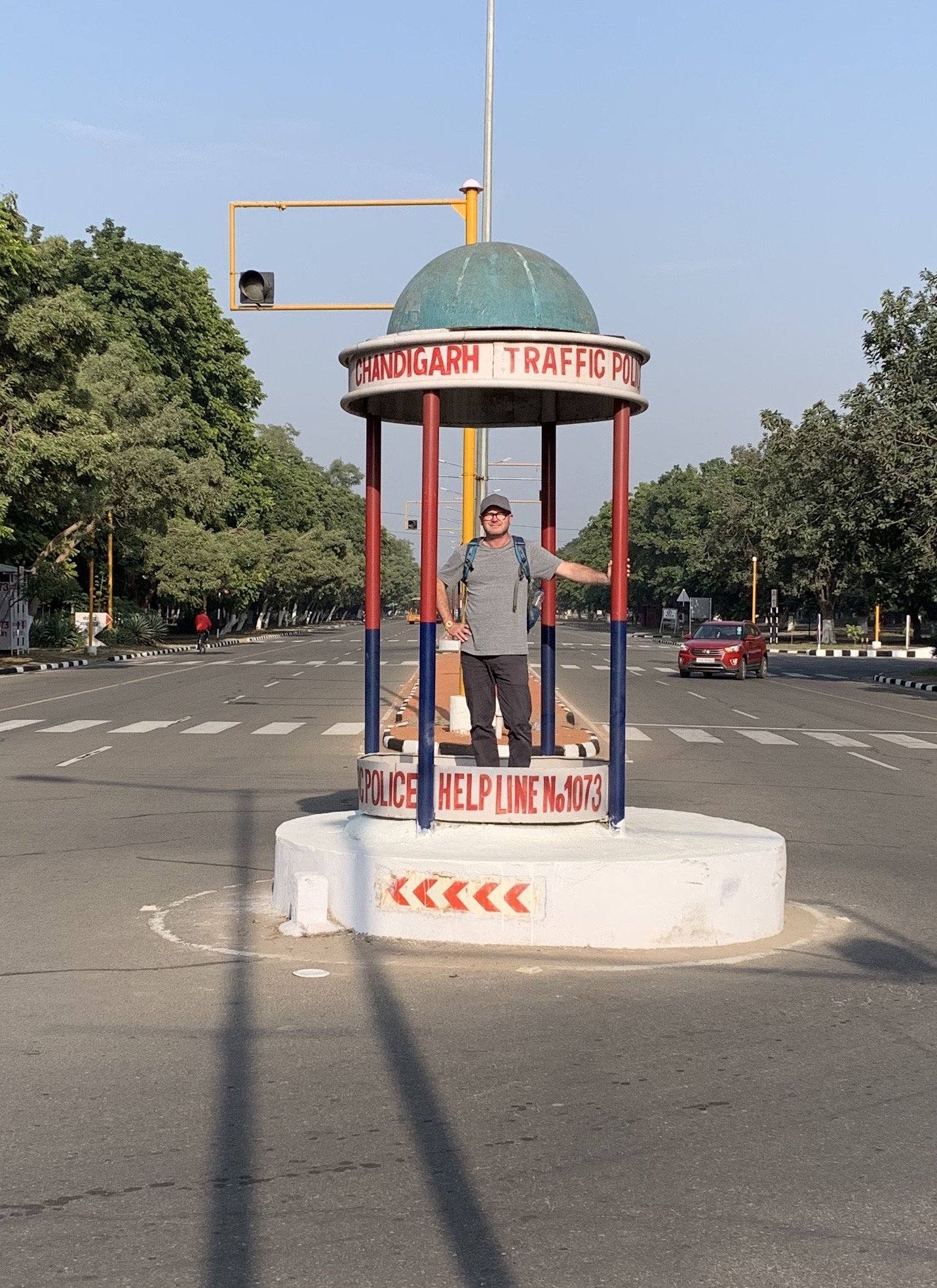about
A much younger George Gilpin had a knack for finding intriguing items on his way home from school. He often picked up discarded records and books left on the street, drawn to their potential. With an eye for furniture as well, he occasionally enlisted help to bring larger pieces home. Encouraged by his mother—an art teacher and artist who frequently restored furniture—his curiosity led him to explore used bookstores and antique shops.
In 1986, he left Miami and relocated to Brooklyn, New York, settling on Dekalb Avenue. His first subway trip into Manhattan took him to the Lower East Side, a memorable occasion marked by purchasing the 12-inch Beastie Boys single, “It’s the New Style,” from Sounds on Saint Mark’s Place. That first year in New York was dedicated to navigating and immersing himself in art, music, and culture, highlighted by the faint memory of a New Order concert at the Felt Forum in December of ‘86.
A year later, in 1987, he moved to Alphabet City in Manhattan, a neighborhood in the East Village. His first apartment was on East 6th Street, between 303 Gallery and American Fine Arts. In the 1960s and 1970s, the East Village had emerged as a center for artists, musicians, and writers, a trend that persisted into the 1980s. East 6th Street was part of this artistic resurgence, with many creatives residing there. In this dynamic environment, he began his life in art and design, accompanied by studies at Cooper Union.
His first job in New York was as an artist's assistant for Christopher Wool, an emerging painter at the time. Wool's studio, situated in a fifth-floor walkup in Chinatown, was frequently filled with visitors, giving Gilpin a glimpse into the art world's vibrant social scene and exposing him to essential networking and business practices. After graduating with a BFA from Cooper Union in 1990, and having no clear path to earning a living, he rented a studio in Dumbo, where he began making frames and pedestals for galleries. One afternoon, his charismatic neighbor Colin de Land, an influential art dealer and founder of the gallery American Fine Arts, suggested—likely in jest—that he start his own business to help artists improve their art. It turned out to be a great idea.
In 1992, Gilpin left his position in Wool’s studio and, with a small loan, established George Gilpin Inc. in Red Hook, Brooklyn. He collaborated with various artists to cultivate and fabricate projects, working with prominent names such as Andrea Zittel, Felix Gonzalez-Torres, Robert Gober, Martin Kippenberger, Larry Clark, Brian Eno, Matthew Barney, Malcolm McLaren, and Tom Burr. As the business grew, the studio relocated to nearby Cobble Hill, expanding into retail displays, managing a large creative team, decorating interiors, and designing and fabricating displays for Barney’s, Gap, J. Crew, Asprey, Swarovski, and many others.
During this period, he discovered the 26th Street Flea Market, sparking an interest in furniture and objects, from George Nelson’s Bubble Lamps and Clocks to Charles and Ray Eames's colored fiberglass chairs and plywood furniture. The weekend flea market soon blossomed into a genuine passion. Before long, he became part of the vibrant community, selling to New York stores and consigning items for auction. This was a simpler time, before the internet, when dealers relied on books and aesthetics to guide their choices.
Visits to Rick Gallagher’s store, 280 Modern on Lafayette Street, became weekly pilgrimages. Gallagher’s passion for Modern design inspired him deeply, and soon he was participating in the New York Design Fairs. This involvement continued for over a decade.
With the economic crisis of 2008, like many other business owners, he was forced to reassess his business model. Moving away from retail and commercial clients, he returned to his foundational interest in art, objects, and furniture. The studio became entirely centered on vintage design. This renewed focus quickly led to growth as he connected with American and European dealers and auction houses. Dealing internationally became his passion, and his inventory flourished.
In 2014, he visited India and became fascinated with the romantic city of Chandigarh and its distinctive furniture. This city, a union territory in Northern India, serves as the capital for Punjab and Haryana. Renowned for its modernist architecture and urban planning, much of Chandigarh's design was envisioned by Swiss-French architect Le Corbusier in the 1950s. His explorations and enduring passion for the city culminated in his book, Object Chandigarh, published in 2023.
Over thirty years later, George Gilpin’s studio remains active in Cobble Hill, Brooklyn, just across the Brooklyn Bridge from Manhattan. Over the years, his warehouse has evolved into a more curated space, and his vision has become more discerning than in his younger days. Today, most of the objects are of investment quality. However, one thing remains constant: he still actively searches for books and records in the vibrant used bookstores and record shops of New York City.


